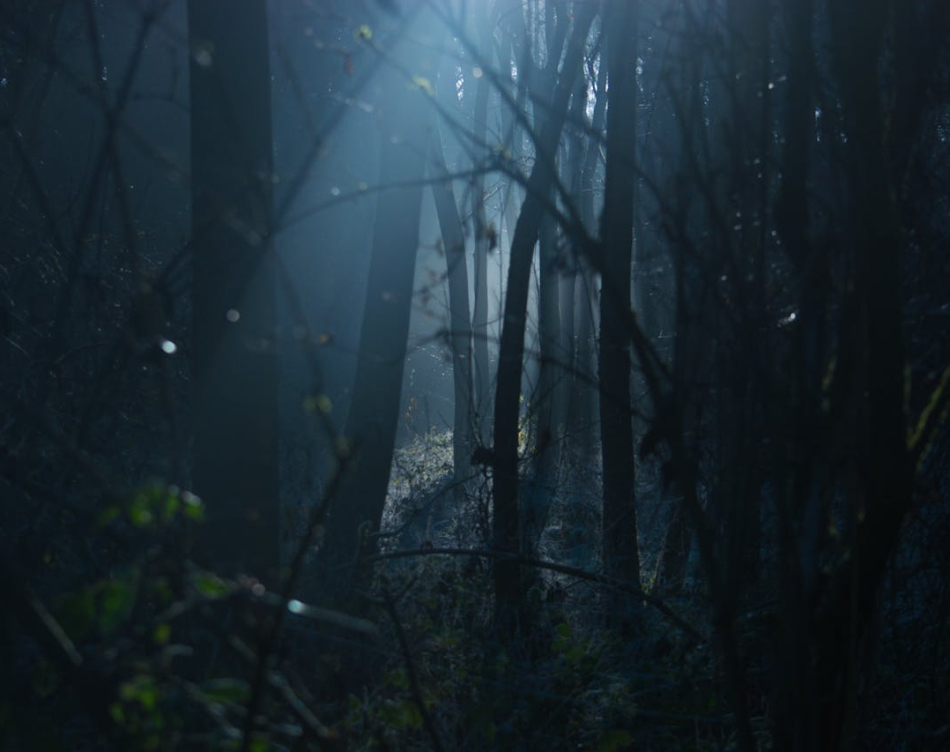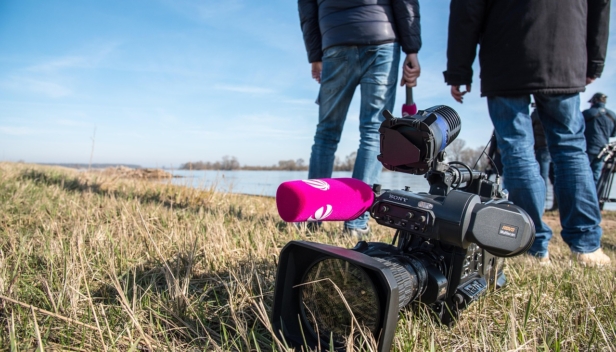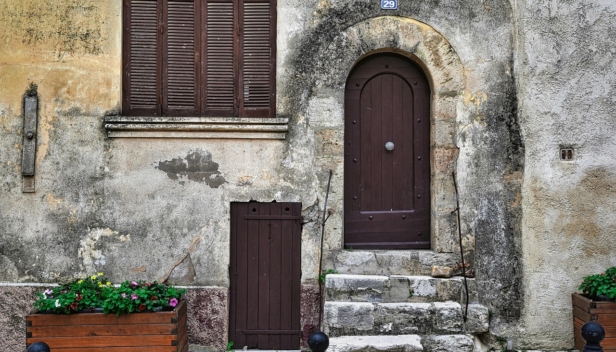Interweaving Genres: Horror and Comedy
Video Production

Horror and comedy have been present since the very beginning of art. They appeared as theatrical performances or even as stories passed down from generation to generation. Both genres were popular in ancient Greece in the form of epics and plays and have maintained this popularity to this day, evolving into various subgenres.
I started my research and analysis of the history of comedy and horror, aided by various literatures. I discovered that both genres have much in common, as they date back centuries. Horror developed from early mythological and folklore stories that included elements of fear and the supernatural, where the hero had to face various monsters.
Meanwhile, comedy evolved through ancient cultures such as Greek (from which the verb comedy originates, meaning “to rejoice”) and Roman, accompanying the human experience through the centuries. Both genres have a rich history and have adapted and evolved according to the times and what is modern or popular.
Nevertheless, they remain key elements of entertainment and artistic expression in the film industry and other art forms. To gain more understanding and ideas on what makes a good comedy and horror film, I listened to and read various interviews and comments from directors and screenwriters.
I explored different subgenres of comedies and horrors, and then continued with the analysis of three films in the continuation of my thesis. Although all three films I selected fall under the category of horror comedies, they differ in their approach to this intriguing genre.
The first film is “Gremlins,” which is the most typical horror comedy of the three, as it excellently combines humor and horror without seeming amateurish. The creatures (Gremlins) are simultaneously very funny and entertaining, but also terrifying in tense moments.
“The Cabin in the Woods” offers insight into genre meta-analysis and the subversion of expectations. The film plays with horror conventions in a humorous way and reveals how it can exceed audience expectations and create surprising plot twists. “Scary Movie” is an example of a film parody that plays with genre clichés and horror stereotypes.
This film provides insight into the humorous approach to genre elements and emphasizes and critiques certain aspects of other films.
By analyzing these three films, I learned a lot about creating tension, and humor, and using genre conventions and subverting expectations in filmmaking. Above all, I learned a lot about the history and evolution of both genres, for which I now have even more interest and respect.
You can see the student’s product at the link below:





